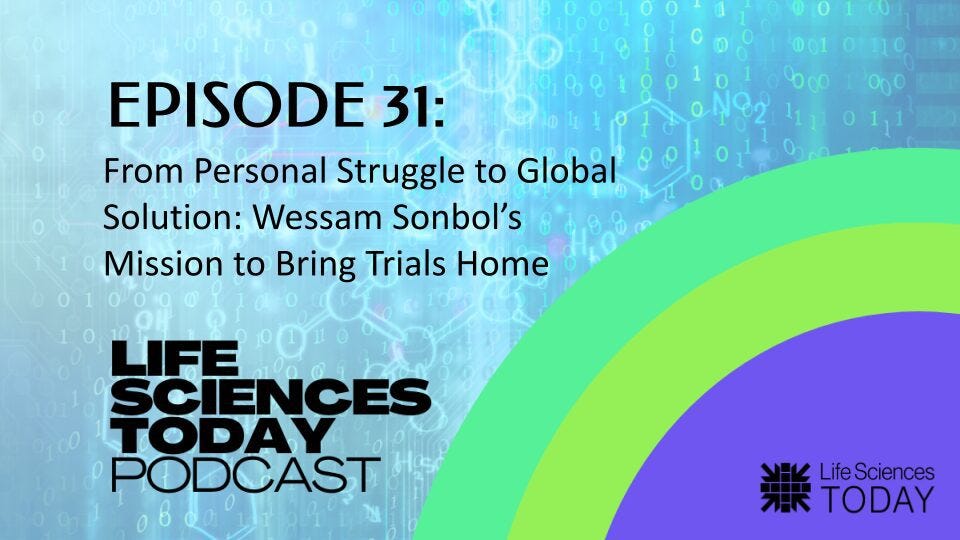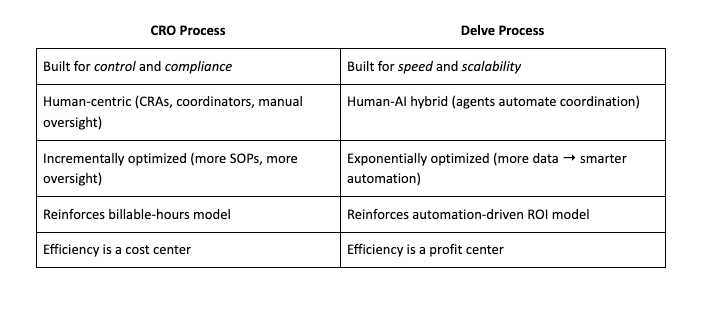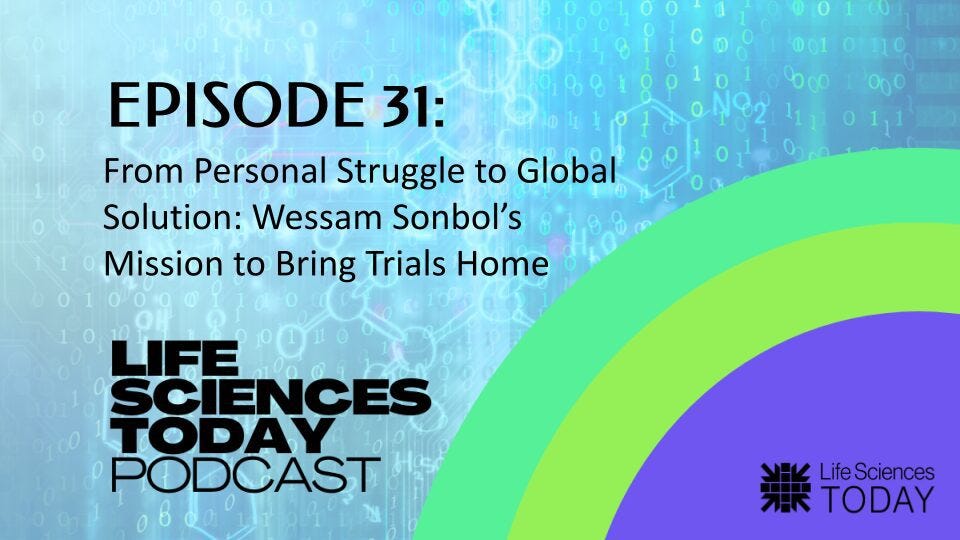Founder–Market Misfit
How do you build a TechBio company with an unbeatable competitive advantage?
Intro
This is the first in a 7-part series on how to build moats.
Each week, I’ll feature one of my guests on my podcast Life Sciences Today and show how they build their own moat.
In his 2016 book 7 Powers: The Foundations of Business Strategy, Hamilton Helmer studied companies like Netflix and Pixar and distilled seven ways to create Power — enduring advantages competitors can’t copy.
This week, we start with Power #3: Counter-Positioning, and founder–market misfit.
Let’s get it on.
The 7 Powers in Short
Scale Economies — Unit costs decline as production volume increases through fixed-cost spreading and operational efficiencies. Barriers rise when competitors can’t match your scale.
Network Economies — Today we call this network effects. Product value increases as more users join the network. Each additional user makes the product more valuable for all. (See The Network Effects Bible for a detailed treatment of the different kinds of network effects.)
Counter-Positioning — A newcomer adopts a superior business model that established players can’t copy without damaging their existing business. Incumbents face a “damned if you do, damned if you don’t” dilemma.
Switching Costs — Customers face high financial, time, or risk costs when changing suppliers, keeping them loyal even when alternatives exist.
Branding — Customers attribute higher value based on reputation and trust, not just product features.
Cornered Resource — Exclusive access to a critical asset (data, talent, IP, relationships, raw materials) that others can’t easily obtain.
Process Power — Organizational capabilities and methods that enable superior operations and are difficult for competitors to replicate, often built through years of learning and refinement.
Founder–Market Misfit
“Founder–market fit” is startup gospel — build what you know, for a market you understand.
But founder-market-fit alone cannot build a moat. It aligns motivation and market need — but not defensibility and competitive advantage.
Helmer’s third power, Counter-Positioning, creates a moat: a superior business model incumbents can’t adopt without self-harm.
To pull that off, you often need founder–market misfit — the willingness to say, “Screw the old model.”
Let’s take a closer look at two examples of founder-market misfit.
Robinhood
The online brokerage Robinhood executed Counter-Positioning brilliantly against traditional brokerages by adopting a fundamentally different business model that incumbents couldn’t copy without wrecking their own revenue streams:
Commission-free trading as the core offering
A mobile-first platform designed for simplicity and accessibility
Payment for order flow (PFOF) as the primary revenue source instead of commissions
In 2025, Robinhood Markets made a 191% gain — a 1,019% return in three years, putting the company in a rare league of its own.
You’ll notice that the mobile-first platform was key to the success of Robinhood’s Counter-Positioning strategy.
We’ll see in our next example, Delve Health, how wearables and AI agents are key to their own Counter-Positioning strategy.
This is an important observation: Counter-Positioning requires a tailored set of activities (as Robinhood and Delve demonstrate) because moats are built on differences in activities on the supply side.
Delve Health
Like Robinhood in fintech, TechBio founders need to reject industry orthodoxy to create unassailable positions.
My guest this week, Wessam Sonbol, is originally from Egypt. He moved to the U.S. (Minnesota) in 1990 and founded Delve Health after a personal experience with his mother’s cancer.
He struggled with clinical-trial access despite 25+ years in the industry.
He saw that process barriers, not science, created obstacles.
He saw that manual operations and logistics created patient burden.
Wessam is a great example of a founder-market misfit.
Delve’s mission is simple but radical: deliver clinical trials at scale in patients’ homes.
They took a Counter-Positioning strategy and created a moat built on Process Power and Scale Economies.
Counter-Positioning — The CRO Killer
Delve avoids CRO partnerships precisely because CROs have a financial disincentive to automate — efficiency erodes billable hours.
By serving pharma and sites directly, Delve delivers 3× ROI and undercuts legacy workflows without getting trapped in CRO incentives for change orders and project foot-dragging.
This creates a no-win imitation zone for incumbents: copying Delve’s automation would destroy their core business model of billable hours.
If you compare CRO positioning to Delve you can see the moat power immediately:
Process Power — Execution Moat
Delve digitizes home-based trials and operationalizes them at scale. They’ve built repeatable, high-trust processes — multilingual call centers, FDA-grade wearables, and AI agents trained on 50 million data points — that integrate humans and automation into a consistent workflow.
That kind of process excellence (especially with protocol-specific AI agents) is extremely hard to replicate and gets more efficient with every trial.
Scale Economies — The AI Flywheel
Their 32 AI agents and 50 M+ training datapoints form a self-reinforcing loop:
more trials → better protocol models → faster automation → more customers.
That’s software-grade scaling, not services scaling.
Their Belize operations hub amplifies it — leveraging global reach without proportional cost growth.
Every patient interaction makes the next trial easier to run.
This Week on Life Sciences Today
Delve Health stacks three Powers — Counter-Positioning, Process Power, and Scale Economies — into a durable moat.
🎧 Listen to the show: From Personal Struggle to Global Clinical Trials Solution
About Me
I’m a 5X founder who learned hard lessons the hard way. Today, I help early-stage TechBio companies stay focused, hit ship dates, and sustain solid teams.
My private network is trusted by leaders from Medable, Menarini, Merck, IQVIA, Medtronic, Flatiron Health, Lindus Health, Debiopharm, Unlearn, Cornerstone AI — and 900+ more.
If you love my writing — share it.
If you want more like this — subscribe.




